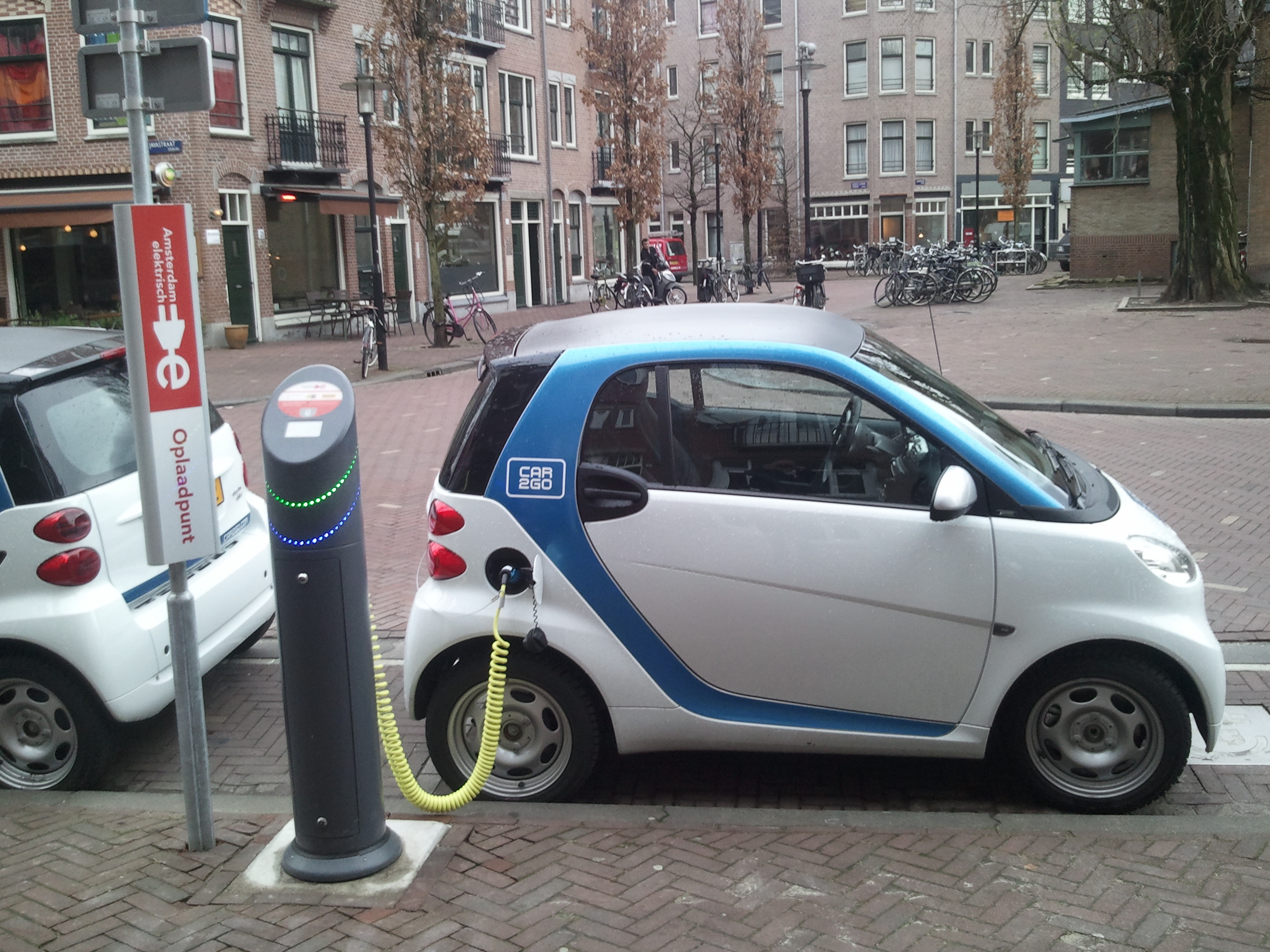Researchers from the School of Public Health conducted a US-wide analysis of around 28 million adults in 3,034 counties to see whether levels of PM2.5 (particulate matter less than 2.5mu in diameter) affected the longevity of older adults. Specifically, the rates of people aged 55-64 in 1980 living to be 85-94 in 2010, and 70-74 year olds living to be 100-104, were measured. On average, 2,295 per 10,000 people aged 55-64 lived to be 85-94, and 71.4 per 10,000 people 70-74 years of age lived to be 100-104. PM2.5 pollution levels were measured and put into quartiles, that is, the range of different levels were divided by four. One quartile's worth of increase in PM2.5 levels, which was 4.19 parts per million, was linked with 93.7 fewer 85-94 year olds and 3.5 fewer people over 100, out of every 10,000 people studied. These associations were "linear", meaning that the risk of dying before 85 or 100 increased in line with PM pollution, and were stable as the models were made more specific. They were also present even when levels of PM pollution were within the US standard for safety. Perhaps the electric car and renewable energy revolutions will fight this issue. When I was in Amsterdam at the end of a Contiki tour, several of us found a charging station and even took pictures as it isn't something you see in many parts of Australia yet.
 |
| Perhaps a solution? Source: Ludovic Hirlimann |
Poverty has a negative effect on life expectancy around the world (which is on average now 71.4 years), including in the case of the three billion people worldwide who have to use fuels for cooking instead of electricity. The resulting indoor air pollution is responsible for 3.9 million deaths worldwide every year, including 16,000 from lung cancer. Indoor, or household air pollution (HAP) has also been linked to cancers other than smoking. Even when controlled for HPV infections, HAP is linked with an almost 10 times greater risk of cervical cancer, which is around 6 times greater without controlling for them. The risks of oral, laryngeal and nasopharyngeal cancers were roughly doubled by HAP, and pharyngeal cancer risk was increased by 3 and a half times. More extreme cases of poverty mean that, at last official count, 650 million do not have access to clean water and 2.3 billion do not have access to sanitation. This means that 315,000 children under 5 die every day from diarrhoeal diseases caused by dirty water and lack of sanitation (that is 900 every day). But even being able to wash your hands with soap halves the risk of diarrhoea! If infectious diseases aren't horrible enough, insufficient/dirty water and sanitation can also cause cancer. In some regions of Asia and Africa, the liver fluke parasite is present, which can cause liver cancer. In northern Africa, the schistosoma parasite, which can cause bladder cancer, is present. Overall, there are still so many deaths and diseases which could be prevented by fighting poverty and changing to clean energy (as well as quitting smoking), so you don't have to be a scientist, naturopath or doctor to fight the dragon-tyrant.
No comments:
Post a Comment